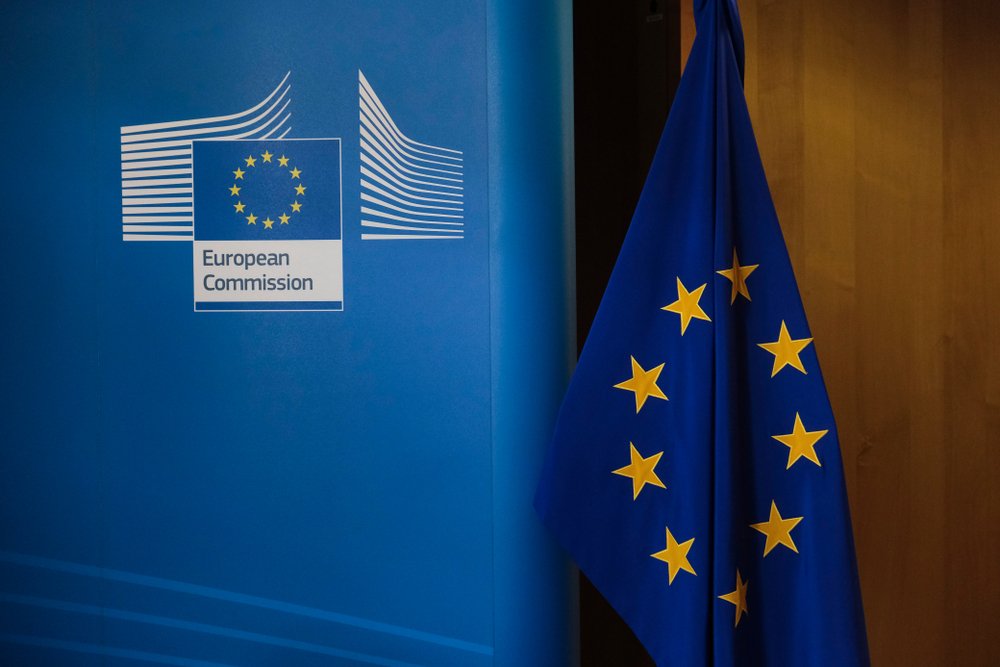
If you travel frequently to the Schengen area, you may be aware of the upcoming ETIAS visa waiver, which will ultimately be required of certain travelers to the zone. Formally known as the “European Travel Information and Authorisation System,” ETIAS is a travel document that is exclusively for certain nationals—specifically those who do not need a visa to enter the Schengen area due to their being from a country that has visa-free access to the area. If you have been waiting for the travel authorisation system to debut since it was first announced in 2016, you are likely wondering by now when will ETIAS be implemented? Today’s blog will examine whether there have been any EU steps to implement ETIAS, as well as cover how the ETIAS system will work. Additionally, it will answer commonly asked questions like, “Who can enter the EU with an ETIAS?” And, “How will ETIAS work with other EU countries” (i.e. the ones you are not intending to visit)? And finally, “How long is the ETIAS valid for?” Read on for the answers to these questions, and for additional critical information about ETIAS for Europe.
EU steps to implement ETIAS
- When will ETIAS be implemented? The EU has taken steps to have ETIAS operational by 2022 (by the year’s end). The European Commission provided an update on the authorization’s implementation in a statement on August 3rd, when they confirmed that the ETIAS rules had entered into force. At the moment, however, you do not need an ETIAS to enter the EU.
ETIAS for Europe
- ETIAS is a kind of a travel authorisation system that works by allowing the Schengen area to essentially screen arrivals to the zone for criminal/security threats.
- With ETIAS, would-be travelers to the zone must apply for and gain digital authorization to enter. However, only certain people will need to apply for the ETIAS authorization—those who do not currently need a visa to enter the Schengen area. When it comes to Schengen visa policy, third-party countries are divided into two categories: countries whose nationals need a visa in order to enter the zone, and countries whose nationals can enter without a visa. It is this second category of persons who will be required to obtain the ETIAS authorization. To find out whether you have visa-free access to the Schengen area (and therefore will ultimately need to apply for the ETIAS visa waiver), click here.
- ETIAS will therefore only apply to nationals from countries who do not need a Schengen visa in order to enter the Schengen area. While this may seem counter-intuitive, it makes perfect sense: citizens who need a Schengen visa to enter the zone are already subject to security screenings as part of their Schengen visa application process. It is the nationals of countries who do not go through a screening process (because they have never needed a visa to enter the zone) who pose a threat to Schengen security.
How will the ETIAS system work?
- The ETIAS application process is entirely digital. For most applicants, it will take 10 minutes or less to be approved (and receive your authorization).
- Would-be travelers to the Schengen area begin the application process by accessing the ETIAS website/APP, which they can access/download in order to be directed to the ETIAS application portal.
- At this point, you will pay the application fee (7 EUR). Once the website successfully processes your payment, you will be directed to the application form, which you must fill out in full and submit.
- The form contains of basic questions about the applicant (name, birthdate) as well as travel information (you will need your passport and passport number) and criminal history (the application will likely ask you if you have a criminal history).
- After you fill out your form, your information will be processed by the various Schengen security systems, which will assess your application (i.e. establish whether you present a threat to the zone). If you pass the security check (as the vast majority of applicants are expected to do), you will be immediately notified of your application’s success.
- To enter the EU with an ETIAS, simply show your certificate (it should be sent to you on your phone via your email address) to the relevant Schengen border control authorities when they request your authorization.
How long is the ETIAS valid?
- Wondering how ETIAS will work with other EU countries in terms of coverage and validity? ETIAS will be valid for three years across the Schengen area, meaning that, theoretically, once you receive one you will be able to enter, exit, and re-enter the zone as many times as you like throughout that period. At the end of three years, you will have to apply for a new authorization in order to enter the zone.
- But how will ETIAS work with other EU countries (i.e. those you are not planning on visiting)? ETIAS is valid for the entire Schengen area, which means that, even if you only plan on using it to enter one Schengen state, you will be able to gain access to all 26 countries should you so choose.